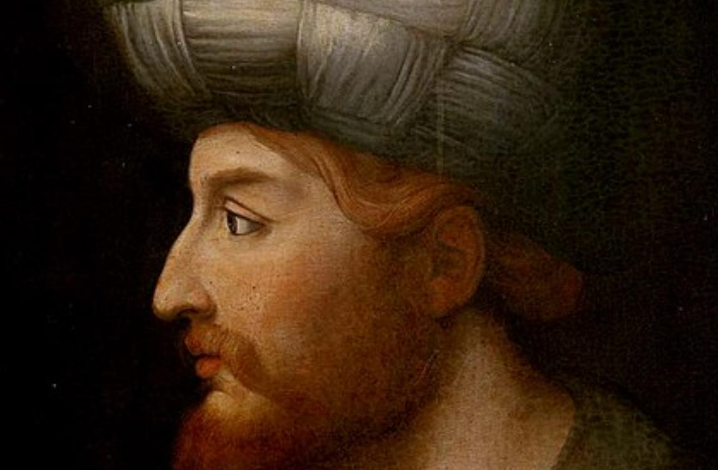Shah Ismail, The Powerful Safavid Dynasty’s Creator In Iran, Facilitated Babur’s Reconciliation With Khanzada, The Sister Of The Mughal Emperor

Isml I, sometimes spelled Esml I, was the first Persian dynasty to rule Iran in 800 years and a religious leader who turned Iran from the Sunni to the Twelver Shi’i sect of Islam. He was born in Ardabl, Azerbaijan, on July 17, 1487, and died in Ardabl, Safavid Iran, on May 23, 1524.
The Safavid tradition holds that Isml was an ancestor of Al. The family’s desire for political dominance was started by his grandfather Junayd, the head of a Sufi order (tariqah) that had converted to a militant strain of Shiism, and was supported militarily by disgruntled Turkmen subsequently known as the Kizilbash (Red Heads). When Isml was just a year old, aydar, Junayd’s son and successor lost his life in combat against the Ak Koyunlu. Supporters of the tariqah concealed members of the family for a number of years out of fear that their opponents would kill the entire family.
At the age of 14, Isml arose to succeed his father as the leader of the order. He swiftly built up a stronghold of authority in northwest Iran, and in 1501 he conquered Tabriz and proclaimed himself monarch. He unified contemporary Iran, as well as parts of modern Turkey and Iraq, under his control in a series of quick conquests.
In what is now Uzbekistan, Isml launched an offensive against the Sunni Uzbek tribes in 1510. In a battle near the city of Merv, Isml used a cunning ambush to beat a 28,000-man Uzbek force with only 17,000 Iranians (near modern-day Mary). The Uzbek chieftain Muammad Shaybn was murdered after the battle while attempting to flee, and Isml had his skull turned into a jeweled drinking glass.
Isml declared the Shi’i strain of Islam to be the official religion. The Safavids’ appeal to popular aspects of folk Islam and Isml’s severe enforcement of Shi’i creeds and prayers in the awqf (plural waqf, property endowed for religious reasons) under his authority both contributed to the population’s quick conversion. The Ottoman Turks, a Sunni power now threatened by an ideological conflict, were inflamed by the development of Shiism. After the Ottoman Sultan Selim I murdered a significant portion of his citizens who supported the Safavids, hostility increased. He subsequently sent a string of hostile letters to Isml. Isml retorted that he had no desire for war and charged Selim with having used opium while penning them. He also sent a box of medicine to Selim’s royal secretary.
The Ottomans attacked northwest Iran in 1514 with well-trained, expert soldiers carrying muskets and artillery. Isml hurried out from his Central Asian wars to defend his stronghold at Tabriz from the attack. At the bloody battle of Chldirn, the Ottomans, who had a vastly superior force, crushed the Safavids. Isml attempted to rouse the troops but was wounded and almost taken prisoner. Then, without any resistance, the Ottomans captured Tabriz. Selim was compelled to leave due to a rebellion in his army, allowing Isml to go back to his city. For many years, the conflict was fought out in a series of border skirmishes. Isml stopped pursuing any offensives against the empire, but he was still powerful enough to stop additional Ottoman incursions. Isml relocated into what is now Georgia in 1517 from the northwest. For more than a century, there was a fundamental battle between the Sunni Ottomans in the west and the Sunni Uzbek tribes in the east, which Isml had formed the Shi’i Safavid kingdom to oppose. The Safavid dynasty controlled Iran for two centuries, until 1722, after Isml’s death at the age of 36.
News Mania Desk






